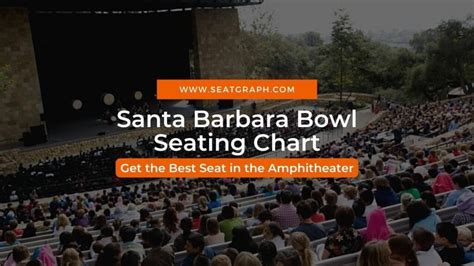The historic Santa Barbara Town Hall, nestled in the heart of downtown Santa Barbara, California, has been a cornerstone of community activity and civic engagement for over a century. This stunning example of Spanish Colonial Revival architecture, with its striking red-tiled roof, ornate stone carvings, and imposing bell tower, has played host to countless events, meetings, and gatherings, cementing its status as a beloved local landmark.
A Brief History of the Santa Barbara Town Hall
The story of the Santa Barbara Town Hall began in the early 20th century, when the city’s rapid growth and increasing population created a pressing need for a central gathering place. In response, the city council initiated a comprehensive planning process, which ultimately led to the construction of the current town hall building. Designed by renowned architect Charles W. Moore, the structure was carefully crafted to reflect the region’s rich cultural heritage, incorporating traditional Spanish and Mexican architectural elements.
Upon its completion in 1923, the Santa Barbara Town Hall quickly became a vibrant hub of community activity. Over the years, it has served as a venue for civic meetings, cultural events, and public celebrations, fostering a strong sense of community and social connection among residents. The building’s grand auditorium, with its excellent acoustics and ornate plasterwork, has hosted countless performances, including concerts, plays, and musicals, while its meeting rooms and exhibition spaces have provided a platform for local artists, organizations, and businesses to showcase their work.
Architectural Significance and Restoration Efforts
The Santa Barbara Town Hall is widely regarded as a masterpiece of Spanish Colonial Revival architecture, with its striking façade, elegant archways, and ornate detailing. The building’s design is characterized by a distinctive blend of traditional and modern elements, reflecting the city’s unique cultural identity. In recognition of its architectural significance, the town hall was added to the National Register of Historic Places in 1976, solidifying its status as a protected cultural landmark.
In recent years, the city has undertaken extensive restoration efforts to preserve the building’s historic integrity and ensure its continued use as a vibrant community hub. These initiatives have included the sensitive repair of the building’s façade, the restoration of its original windows and doors, and the upgrading of its mechanical and electrical systems. The restoration project has not only helped to maintain the town hall’s original charm but has also enhanced its functionality, enabling it to continue serving the needs of the local community.
Community Engagement and Events
The Santa Barbara Town Hall remains a thriving center of community activity, hosting a diverse range of events and activities throughout the year. From concerts and festivals to meetings and workshops, the building provides a flexible and welcoming space for residents to come together, engage with one another, and celebrate their shared cultural heritage. The town hall’s grand auditorium, with its excellent acoustics and seating capacity, is particularly popular for performances and lectures, while its meeting rooms and exhibition spaces offer a versatile platform for smaller gatherings and events.
Some of the notable events and activities held at the Santa Barbara Town Hall include:
- Civic meetings and forums: The town hall provides a regular venue for city council meetings, public forums, and community discussions, fostering open communication and civic engagement among residents.
- Cultural performances: The building’s grand auditorium hosts a wide range of performances, including concerts, plays, and musicals, showcasing the talents of local artists and performers.
- Exhibitions and festivals: The town hall’s exhibition spaces are used to showcase the work of local artists, organizations, and businesses, while its outdoor spaces are often used for festivals and community celebrations.
- Workshops and classes: The building’s meeting rooms and exhibition spaces are used for workshops, classes, and training sessions, covering topics such as art, music, and community development.
Conclusion
The Santa Barbara Town Hall is a treasured community asset, a vibrant hub of civic activity and cultural engagement that has played a central role in the city’s social and cultural life for over a century. Its stunning architecture, rich history, and continued relevance as a community gathering place make it a truly unique and special landmark, one that deserves to be cherished and protected for generations to come. As a symbol of community spirit and civic pride, the Santa Barbara Town Hall remains an indispensable part of the city’s fabric, a testament to the power of architecture and community engagement to bring people together and foster a sense of shared identity and purpose.
What is the history of the Santa Barbara Town Hall?
+The Santa Barbara Town Hall was built in 1923, designed by renowned architect Charles W. Moore, to serve as a central gathering place for the city’s growing population. It has since become a beloved local landmark and a vibrant hub of community activity.
What types of events are held at the Santa Barbara Town Hall?
+The Santa Barbara Town Hall hosts a diverse range of events, including civic meetings, cultural performances, exhibitions, festivals, workshops, and classes. Its grand auditorium, meeting rooms, and exhibition spaces provide a flexible and welcoming space for residents to come together and engage with one another.
Why is the Santa Barbara Town Hall important to the community?
+The Santa Barbara Town Hall is important to the community because it provides a central gathering place for residents to come together, engage with one another, and celebrate their shared cultural heritage. It fosters a sense of community spirit and civic pride, and its continued use as a vibrant community hub ensures its relevance and importance for generations to come.



